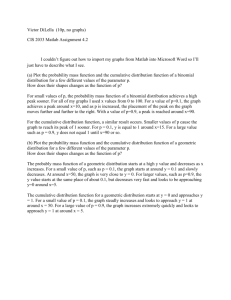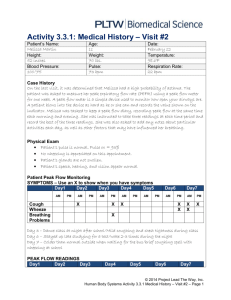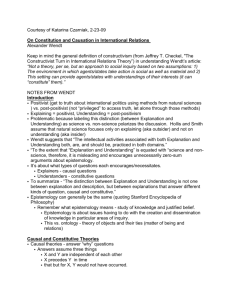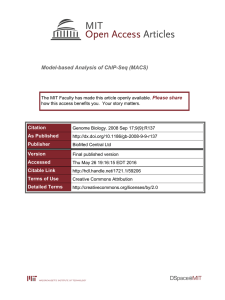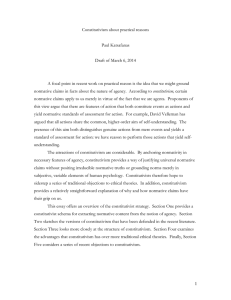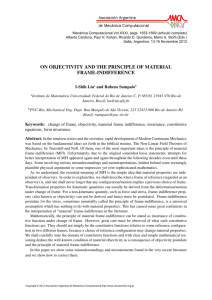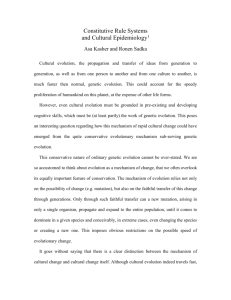file - BioMed Central
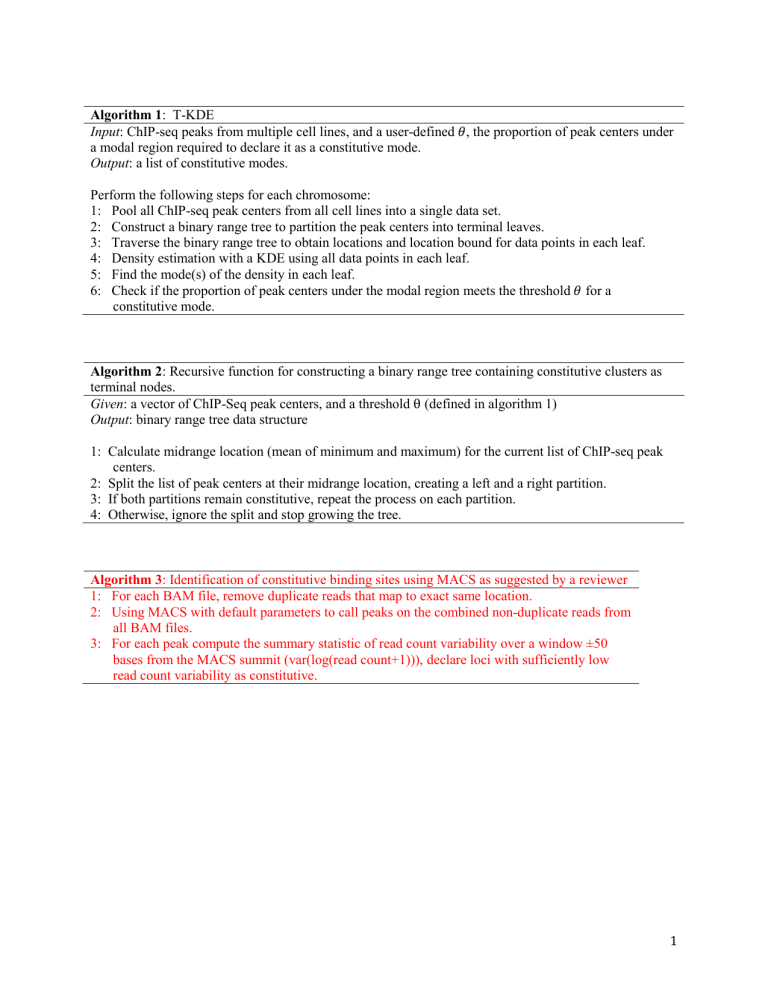
Algorithm 1 : T-KDE
Input : ChIP-seq peaks from multiple cell lines, and a user-defined 𝜃 , the proportion of peak centers under a modal region required to declare it as a constitutive mode.
Output : a list of constitutive modes.
Perform the following steps for each chromosome:
1: Pool all ChIP-seq peak centers from all cell lines into a single data set.
2: Construct a binary range tree to partition the peak centers into terminal leaves.
3: Traverse the binary range tree to obtain locations and location bound for data points in each leaf.
4: Density estimation with a KDE using all data points in each leaf.
5: Find the mode(s) of the density in each leaf.
6: Check if the proportion of peak centers under the modal region meets the threshold 𝜃 for a constitutive mode.
Algorithm 2 : Recursive function for constructing a binary range tree containing constitutive clusters as terminal nodes.
Given : a vector of ChIP-Seq peak centers, and a threshold θ (defined in algorithm 1)
Output : binary range tree data structure
1: Calculate midrange location (mean of minimum and maximum) for the current list of ChIP-seq peak centers.
2: Split the list of peak centers at their midrange location, creating a left and a right partition.
3: If both partitions remain constitutive, repeat the process on each partition.
4: Otherwise, ignore the split and stop growing the tree.
Algorithm 3 : Identification of constitutive binding sites using MACS as suggested by a reviewer
1: For each BAM file, remove duplicate reads that map to exact same location.
2: Using MACS with default parameters to call peaks on the combined non-duplicate reads from all BAM files.
3: For each peak compute the summary statistic of read count variability over a window ±50 bases from the MACS summit (var(log(read count+1))), declare loci with sufficiently low read count variability as constitutive.
1

